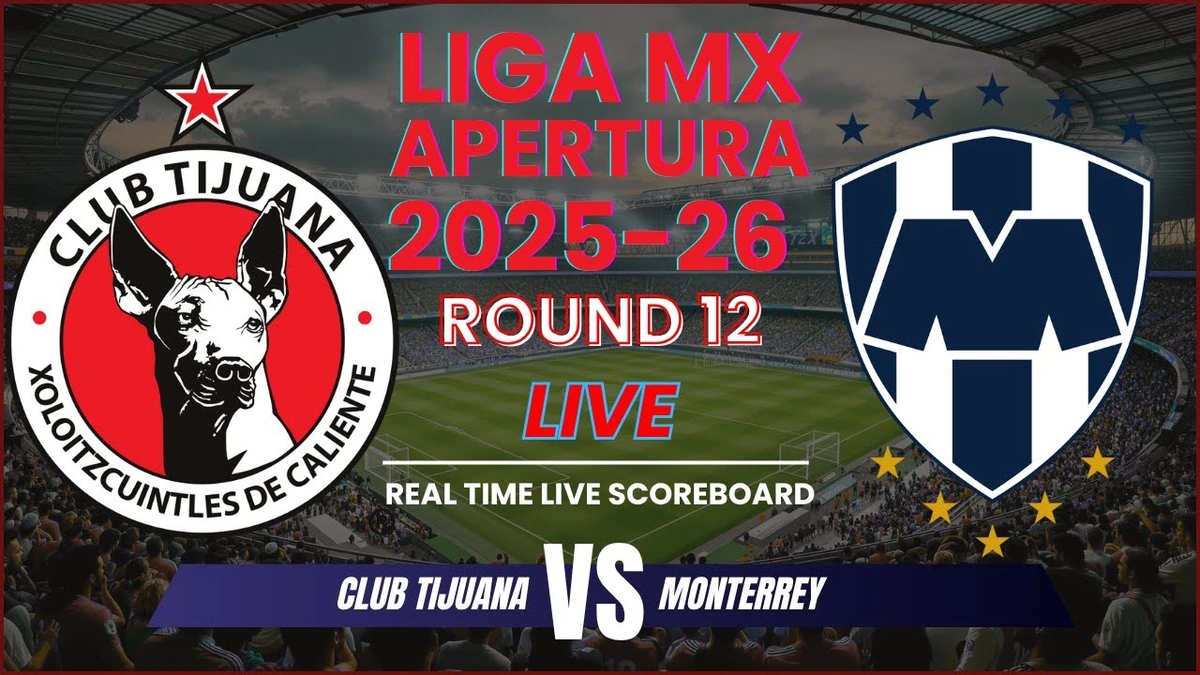F1 Qualifying | Why It’s More Than Just Setting the Grid
Okay, let’s be honest. When you hear “F1 qualifying,” what’s the first thing that pops into your head? Probably just a bunch of fast cars going around a track, right? But here’s the thing: F1 qualifying is so much more than that. It’s a high-stakes game of strategy, risk, and split-second decisions that can make or break a team’s entire weekend. It’s a microcosm of everything that makes Formula 1 so captivating. And in this article, we’re diving deep into why it matters.
The Subtle Art of Tire Management

You might think drivers just go out there and floor it for every lap, but that’s a rookie mistake. Tire management in qualifying is an art form. Each team gets a limited number of tire sets for the entire weekend. Conserving those precious sets for the race itself is crucial. What fascinates me is how teams balance the need for a blistering qualifying lap with the long-term strategy of the race. A driver might do a slow out-lap, then a push lap, then a cool-down lap to manage tire temperatures optimally before unleashing the beast for a final, crucial lap. It’s not just about speed; it’s about precision and control. This is key when looking at Formula 1 regulations .
But it’s also about the compound. Soft tyres are usually used for qualifying, because they give the best grip for a short period, but they degrade faster than hard tyres, so they are not always the best option for the race. This adds another layer of complexity to the strategic decision of the team, especially for the drivers that are aiming for a good start on the grid.
Decoding the Qualifying Format | Q1, Q2, Q3
Now, let’s break down the qualifying format itself – Q1, Q2, and Q3. Each segment gradually eliminates the slowest drivers, increasing the pressure with every passing minute. Q1 is often about avoiding disaster, Q2 is where the midfield teams really fight for position, and Q3 is where the big guns battle for pole. It’s a pressure cooker, plain and simple. The changing track conditions also play a big part. As more cars run, the track rubbers in, meaning there’s more grip available. So, the later you run in each session, theoretically, the faster you should be. Qualifying format is a factor that dictates the chances of each pilot, and can provide some surprises.
And it’s worth remembering that teams often run different fuel loads in qualifying depending on their race strategy. So a driver who looks slow in Q1 or Q2 might actually be planning a longer first stint in the race.
The Psychological Warfare of the Pits
Qualifying isn’t just a physical contest; it’s a psychological one too. Teams are constantly monitoring their rivals, trying to anticipate their moves. When do they send their drivers out? What tire pressures are they using? Are they running with more or less fuel? All these factors are closely watched. A well-timed mind game can throw another team off balance and give you the edge. Here’s the thing – sometimes, it’s better to be lucky than good. A perfectly timed yellow flag, caused by a rival’s mistake, can ruin their lap and boost your own chances. It’s cutthroat, no doubt. Especially when considering factors like track evolution .
Let me rephrase that for clarity: it’s not just about the driver’s skill; it’s about the entire team working together flawlessly under immense pressure. The strategist calling the shots, the mechanics performing lightning-fast tire changes, and the driver executing the plan perfectly – it’s a symphony of teamwork, not unlike what you might see from the Conor Bradley Liverpool story.
Why Starting Position Matters More Than You Think
Okay, so you’ve got pole position. Great, right? Well, not always. On some tracks, starting first is a huge advantage because overtaking is notoriously difficult. Think Monaco or Hungary. On other tracks, like Monza or Spa, the slipstream can be so powerful that starting second or third can actually be better. The driver in second gets a tow from the leader, allowing them to slingshot past on the run down to the first corner. See? It’s never straightforward. And don’t even get me started on the weather. A sudden downpour can completely change the game, turning the entire qualifying session into a lottery. Drivers that manage to perform well in wet conditions are often considered as a breed apart, because they can maintain control even with less grip.
The starting grid determines the race’s initial setup, influencing pit stop strategies, tyre degradation management, and overtaking opportunities. Good grid position reduces the risks of getting caught in first-lap incidents, and ensures clean air, which helps maintain consistent lap times.
The Future of F1 Qualifying | What’s Next?
Formula 1 is always evolving, and the qualifying format is no exception. There’s been talk of experimenting with reverse grids or single-lap qualifying to spice things up. Whether these changes will actually happen remains to be seen. What fascinates me is the potential to use data and AI to optimize qualifying strategies even further. Imagine a system that can predict track evolution in real-time and adjust tire pressures and fuel loads accordingly. The possibilities are endless. So, the next time you watch F1 qualifying, remember it’s not just about speed. It’s about strategy, psychology, and the relentless pursuit of perfection. It’s an essential aspect of motorsports, influencing factors like overtaking opportunities .
In a way, F1 qualifying sessions are a snapshot of the entire sport – a condensed burst of all the elements that make Formula 1 so compelling. Understanding what goes on beyond the surface enhances the excitement and provides a richer viewing experience.
Consider how advancements in car technology and aerodynamics have changed qualifying dynamics. Cars are more efficient, and drivers are able to take them closer to the limit. These improvements make qualifying even more competitive. Just like the ACC Asia Cup , where the format can dictate the winner, the pressure increases when conditions aren’t perfect.
FAQ About F1 Qualifying
What happens if two drivers set the exact same lap time in qualifying?
The driver who set the time first gets the higher grid position.
What if it rains during qualifying?
Teams will switch to wet or intermediate tyres, and drivers will have to adapt to the slippery conditions.
Can a driver change their engine after qualifying?
Yes, but it will likely result in a grid penalty.
What’s the parc fermé rule?
After qualifying, cars are held in parc fermé, meaning teams can only make limited changes to them before the race.













